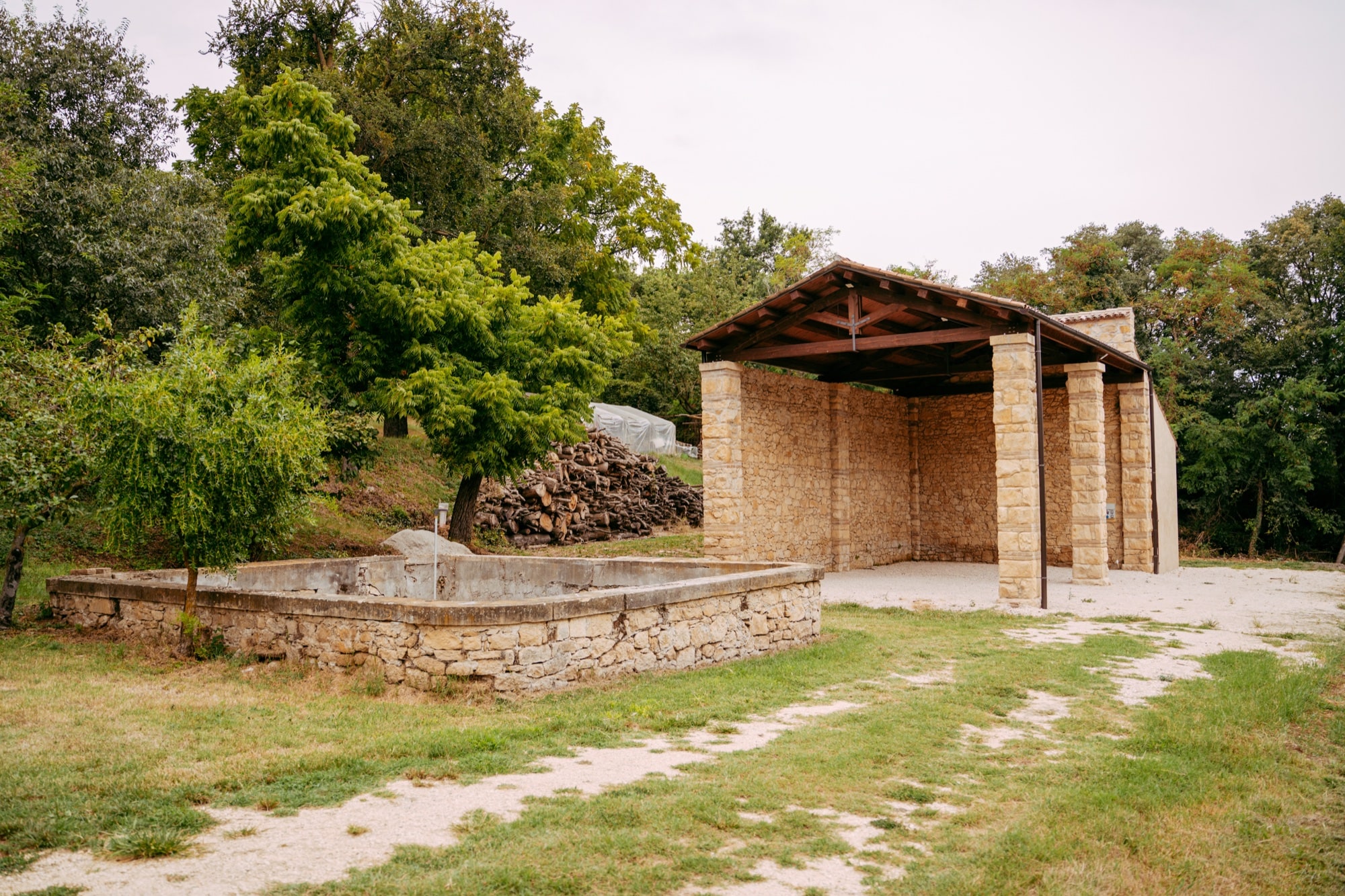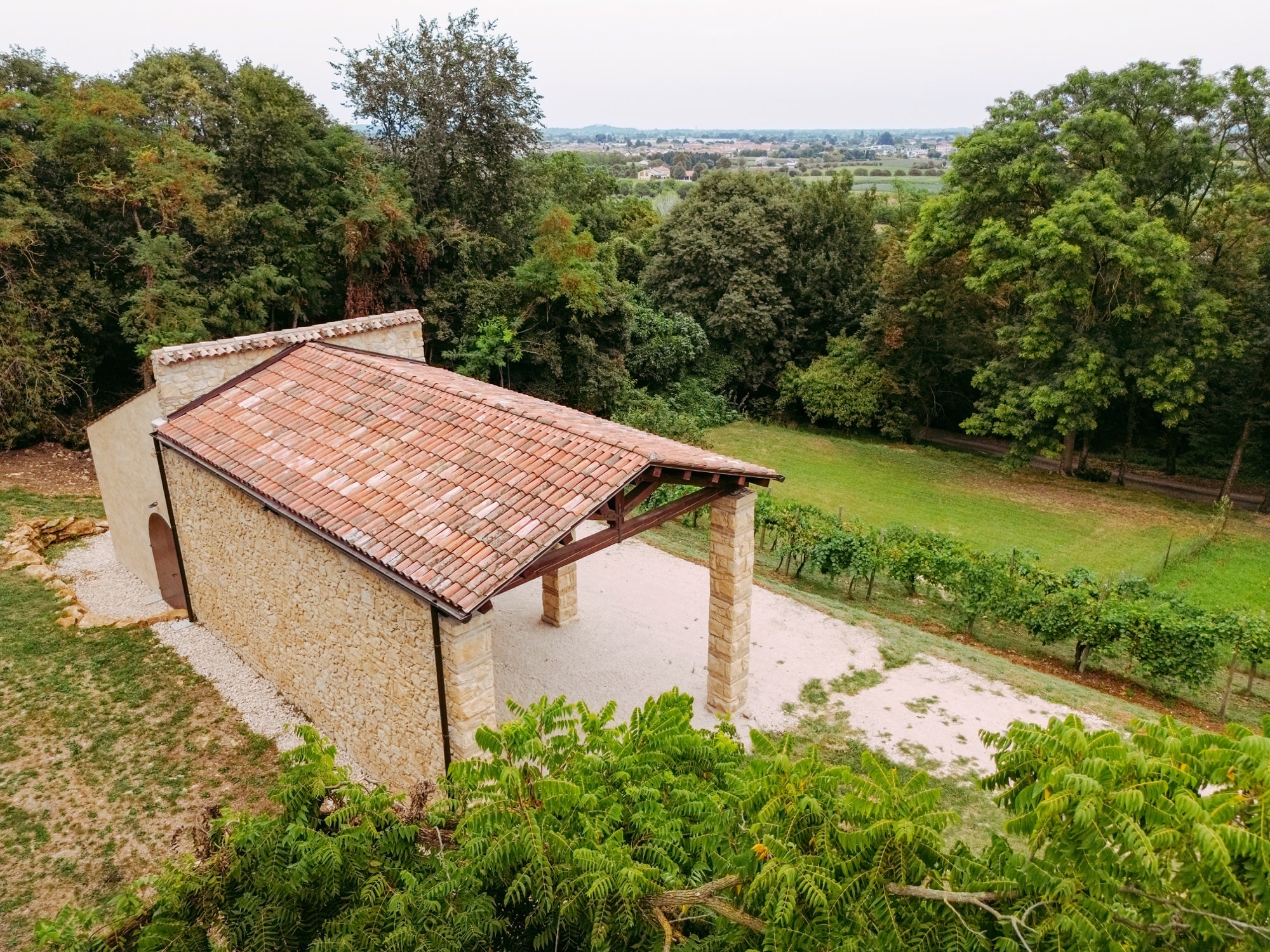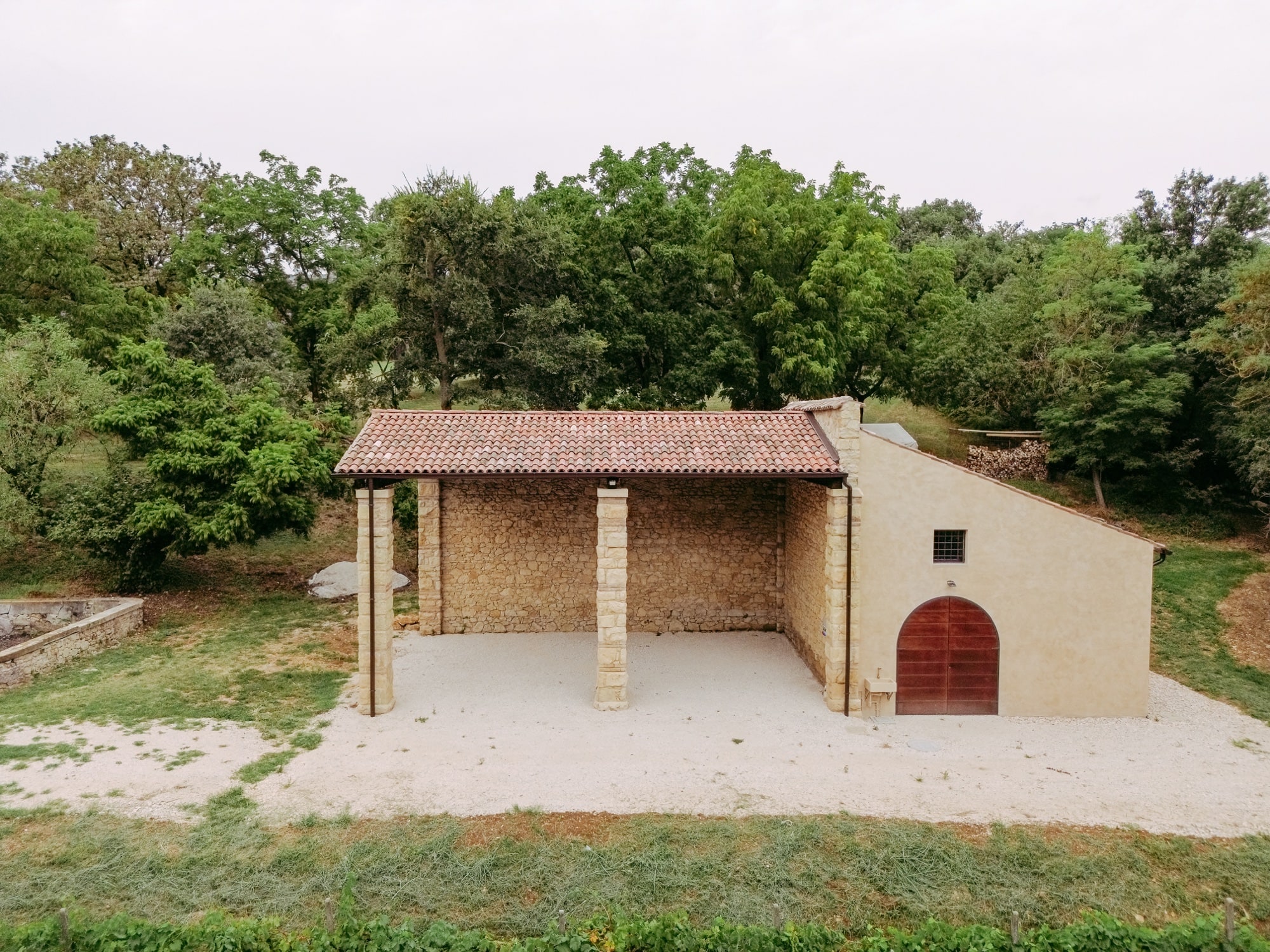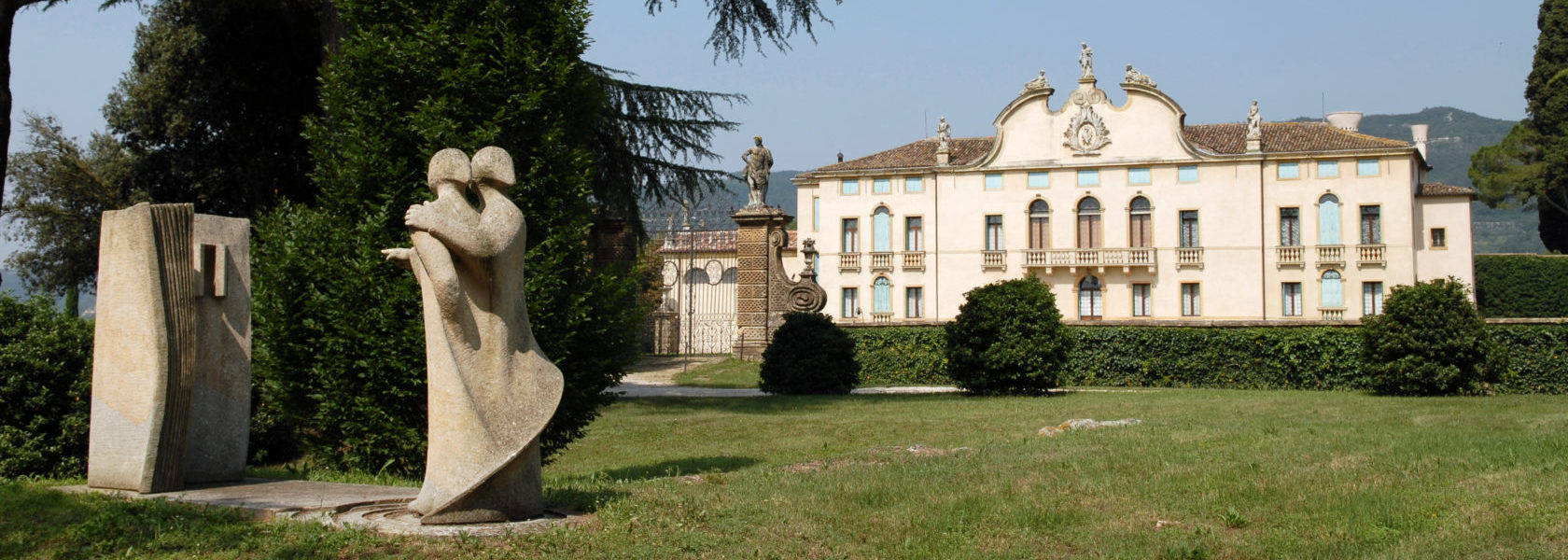
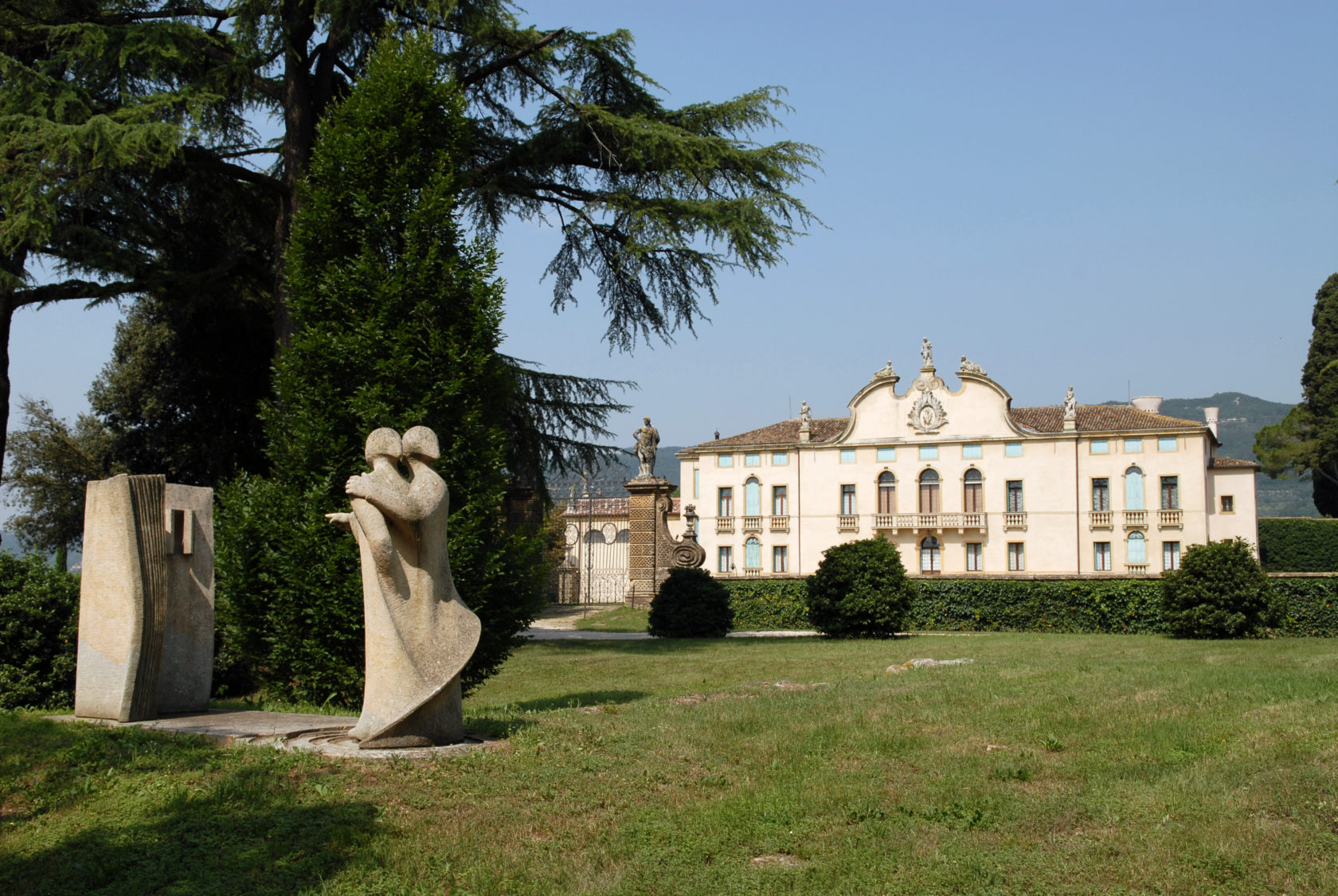
Villa di Montruglio can be visited every Wednesday in the months of April, May, June, July and September, from 9:30 to 12:00. The visit is free on the first Wednesday of the month.
It is also possible to visit on other days and times, by appointment. However, reservations are recommended, by calling the number +39 371 1221941 (from 8.30 to 12.30 and from 15.30 to 18.00) from Monday to Thursday, or by sending an email to villadimontruglio@villadimontruglio.it.
The guided tour is subject to charges:
Adults: € 10.00 pax
Children from 0 to 6 years: free admission
Young people from 7 to 16 years: € 7.00 pax
People with disabilities: free admission
Groups (minimum 15 people): € 8.00 pax
Guided tour: € 40.00 per group
Guided tour with tasting of the house wines: € 18.00 pax
Guided tour with “reinforced” tasting: € 24.00 pax
For the visit to the contemporary art exhibition only: € 8.00 pax
Bookings,
Openings
and Costs
Villa di Montruglio can be visited every Wednesday in the months of April, May, June, July and September, from 9:30 to 12:00. The visit is free on the first Wednesday of the month.
It is also possible to visit on other days and times, by appointment. However, reservations are recommended, by calling the number +39 371 1221941 (from 8.30 to 12.30 and from 15.30 to 18.00) from Monday to Thursday, or by sending an email to villadimontruglio@villadimontruglio.it.
The guided tour is subject to charges:
Adults: € 10.00 pax
Children from 0 to 6 years: free admission
Young people from 7 to 16 years: € 7.00 pax
People with disabilities: free admission
Groups (minimum 15 people): € 8.00 pax
Guided tour: € 40.00 per group
Guided tour with tasting of the house wines: € 18.00 pax
Guided tour with “reinforced” tasting: € 24.00 pax
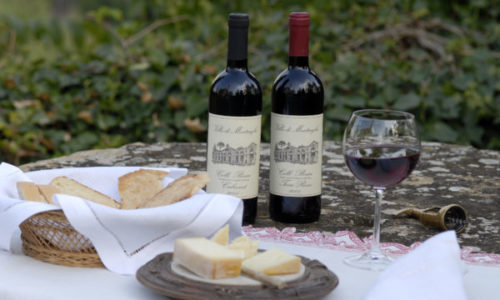
Visits with tasting sessions
The history and essential characteristics of this site may be discovered also by experiencing and enjoying the fragrance and flavour of its typical products.
On request, a visit to Villa di Montruglio may include a wine-tasting session
Visits with tasting sessions

The history and essential characteristics of this site may be discovered also by experiencing and enjoying the fragrance and flavour of its typical products.
On request, a visit to Villa di Montruglio may include a wine-tasting session
Points of interest
Externally, these include the large entrance park, the vast panoramic garden at the front of the estate and the small rear garden. With respect to the villa, the raised entrance and frescoed hall of the ‘piano nobile’ at the centre of the main building are worthy of note.
In the Barchessa visitors will enjoy the evocative atmosphere of the portico and the Sala delle Armi (Armoury Hall) on the ground floor; on the upper floor the Lapidarium and Salone dell’Olimpo may also be visited.
The Park
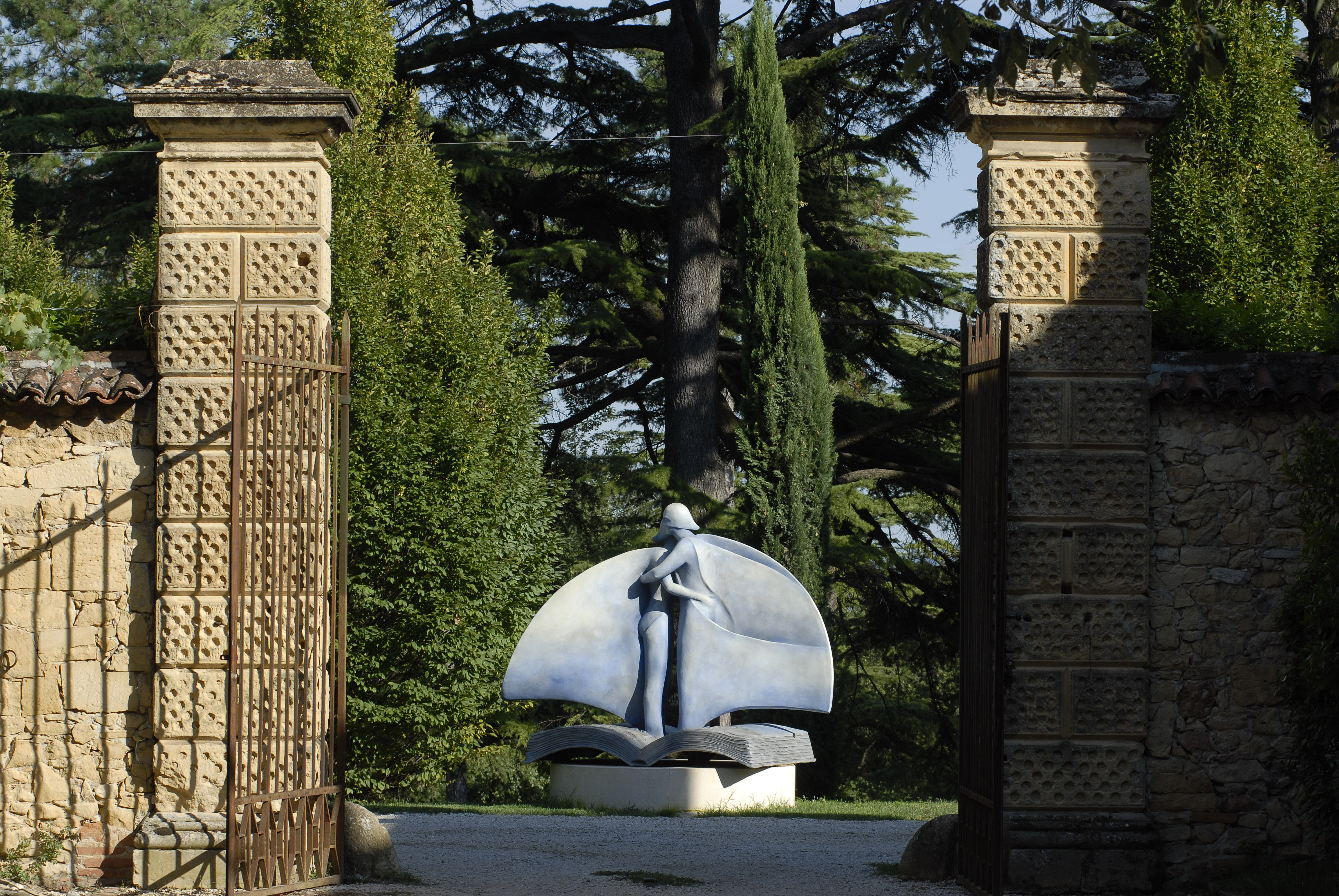
It is possible to access the grounds of the estate through the vast nineteenth-century park, where visitors will note the elegant Cedars of Lebanon. In addition to craftwork and statues of the eighteenth century, the park contains two works produced by modern artists: a sculpture entitled ‘Education of the Soul’ by Maurizio D’Agostini and Paolo Gallerani’s ‘The Great Wheel’.
The Frescoed Hall
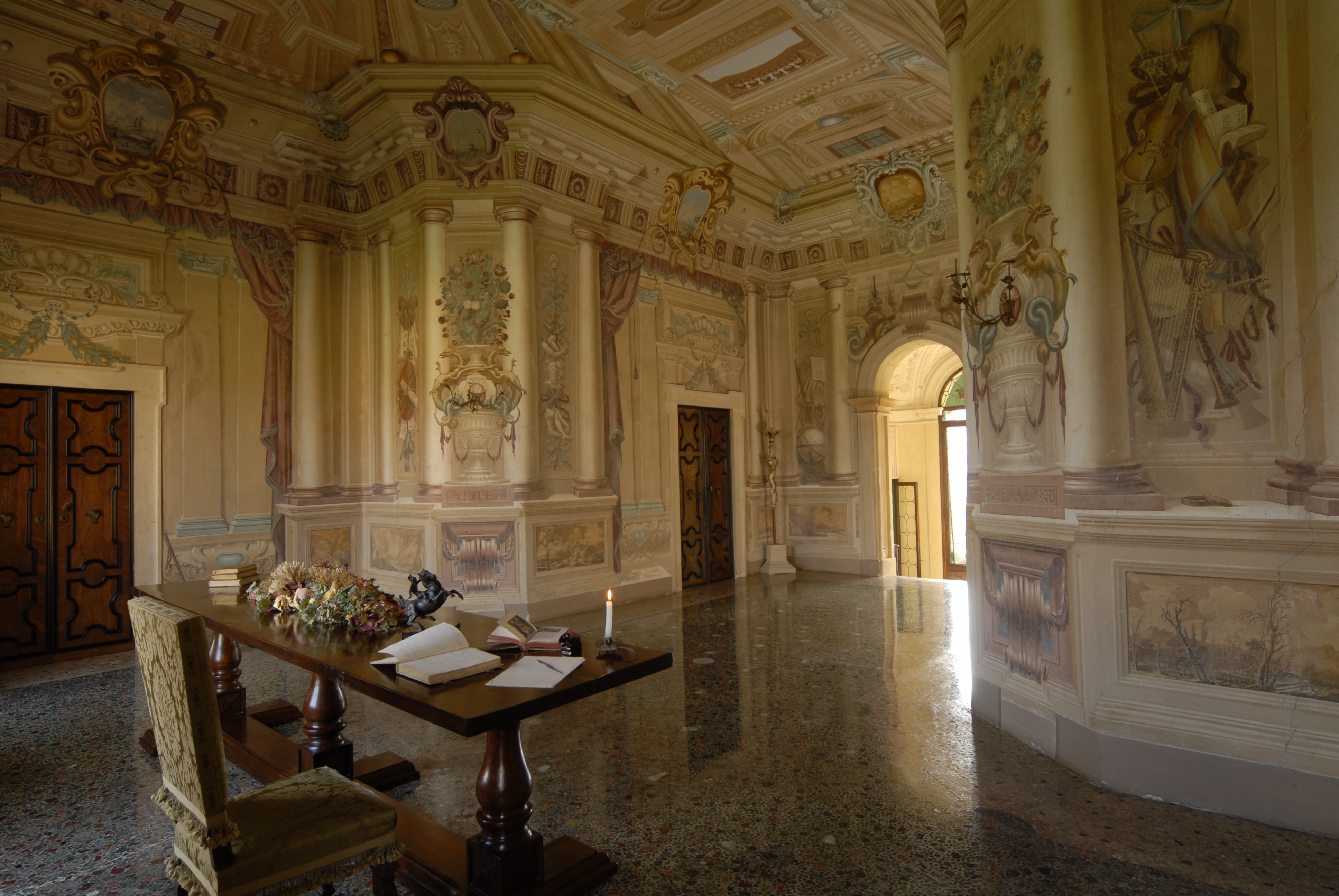
In the cycle of frescoes (1714) that decorate the ‘piano nobile’ in the central part of the villa Francesco Aviani created a series of illustrations that celebrate various traditional arts and crafts, including painting, sculpture, astronomy, architecture, music and literature.
The Hall pf Olympus
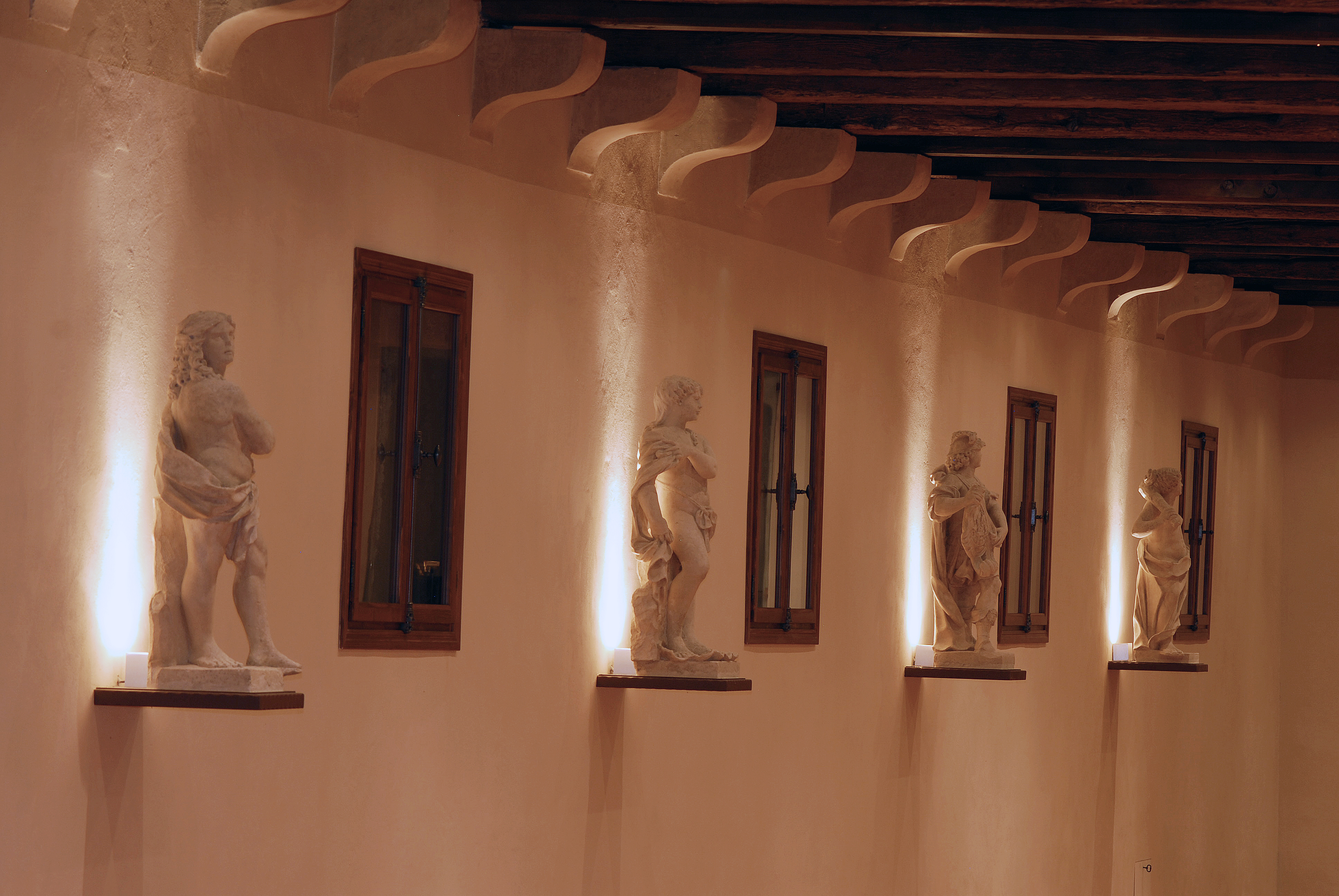
The name of this large room refers to the presence of ten statues which depict the gods of antiquity. From this hall it is possible to access the park behind the villa and the vineyards.
The Armoury Hall
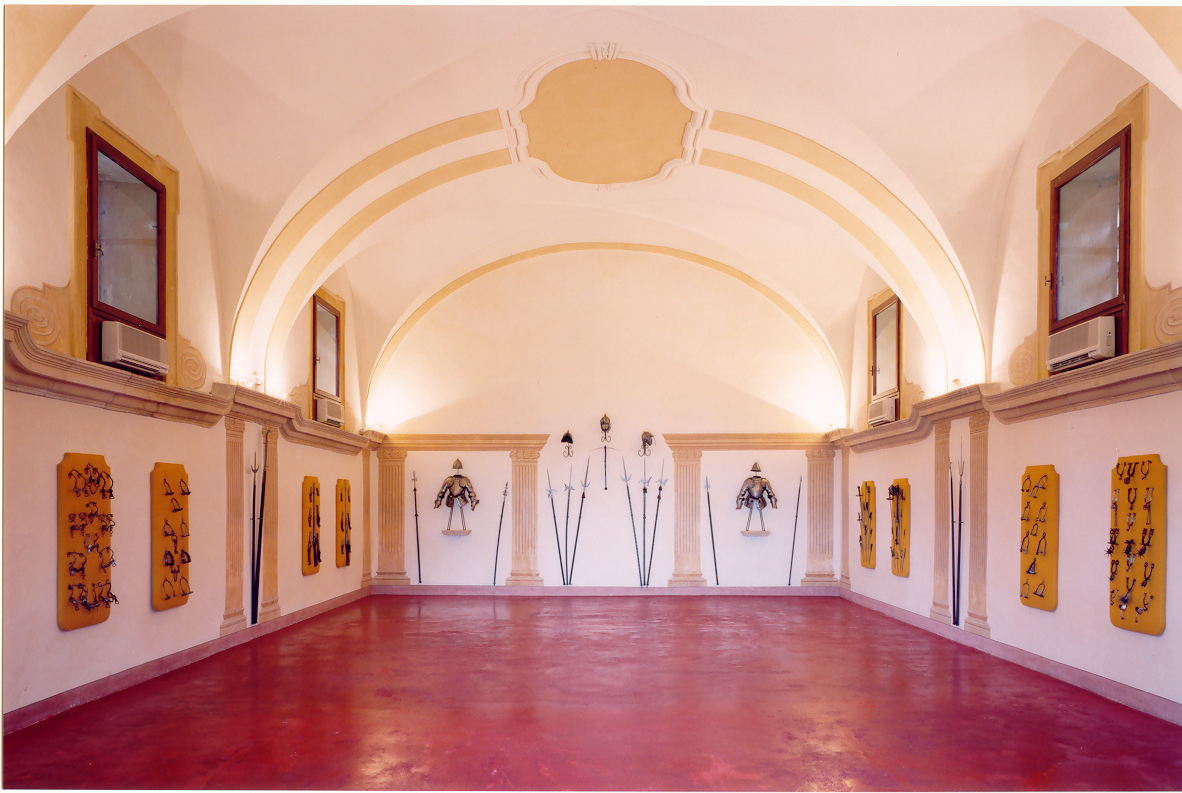
Originally an area occupied by stables, this space was transformed into a museum after the Second World War to present a large collection of old weapons.
The Barchessa
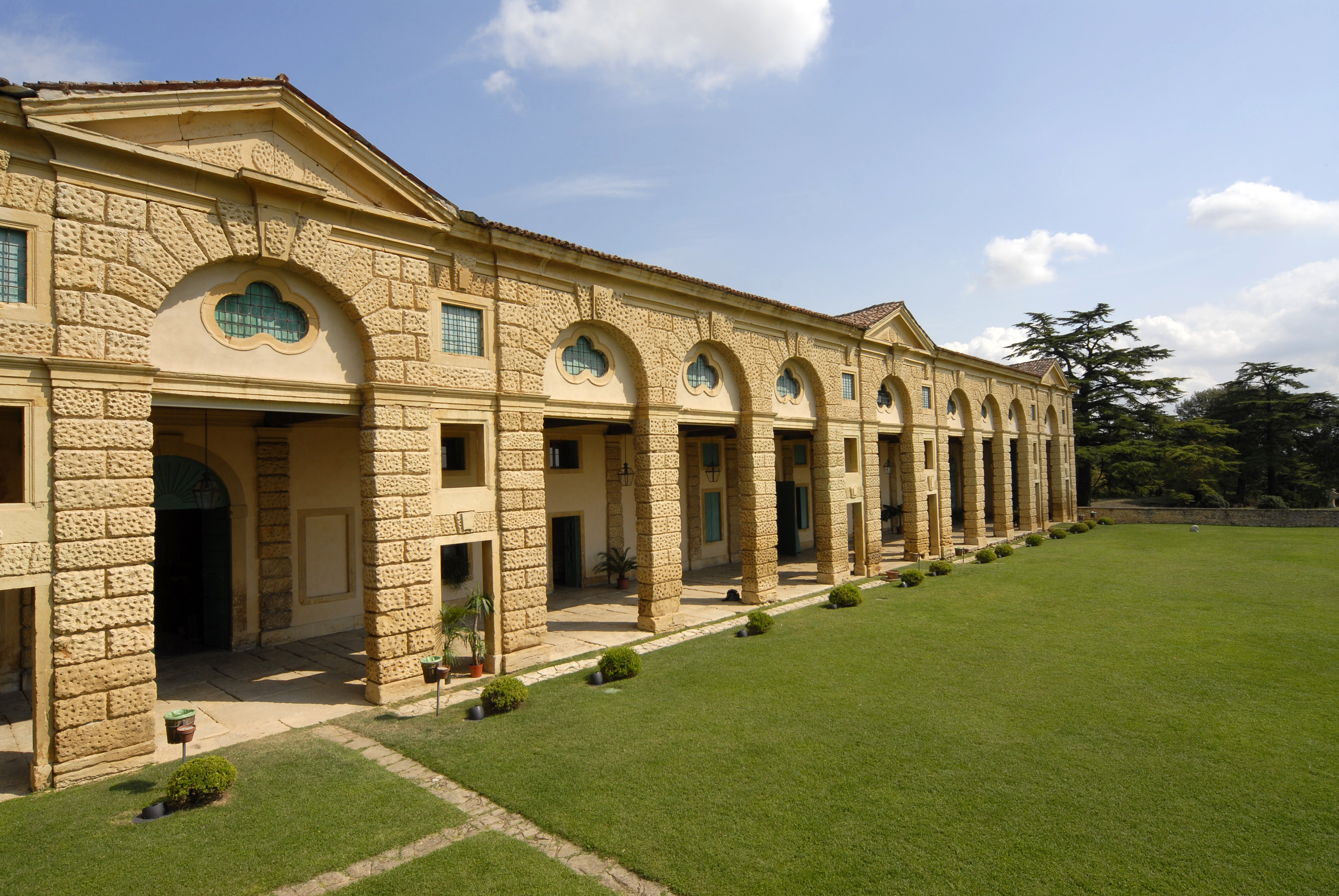
From the architectural point of view, the portico of the Barchessa is the greatest achievement of the entire Villa Montruglio complex. A predominant characteristic of the external wing is the ochre-coloured Nanto stone.
Nanto Stone
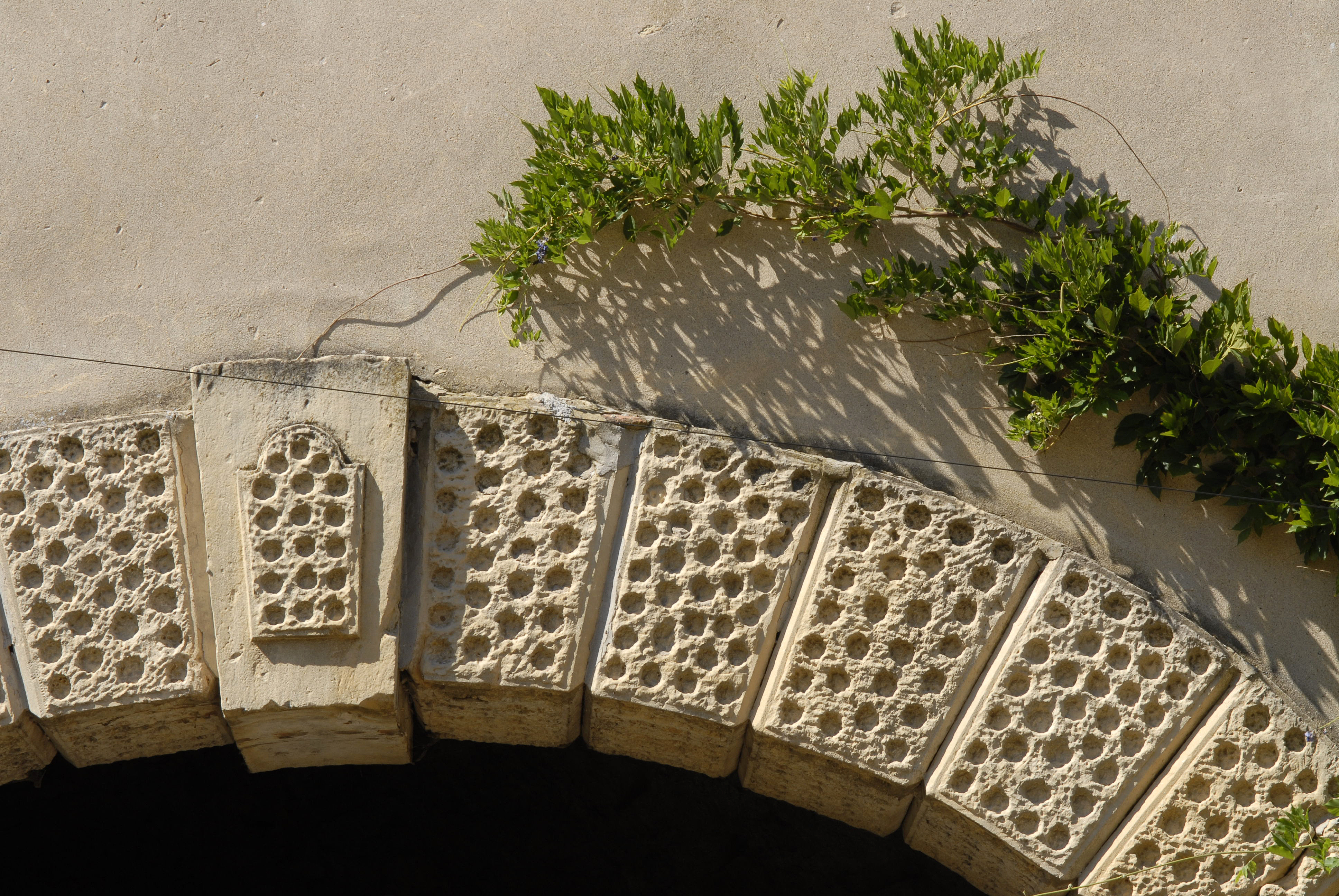
Stone from the Nanto area has been used by sculptors and architects since the sixteenth century on account of its attractive golden colour and its ductile characteristics when worked at the quarry. At Montruglio this type of stone is found not only in the portico of the Barchessa, but also in the mouldings of the windows and doors of the villa itself and other architectural elements of the main court.
And, in the end, a nice walk in the park…
Following the dirt road that climbs from the entrance gate, you will encounter architectural elements dating back to the 19th century, 18th-century statues, and a work by contemporary sculptor Paolo Gallerani. Skirting the Courtyard, you reach the former Barn, currently used as storage for agricultural machinery and tools.
You can then continue towards the vineyards along a beautiful avenue of century-old cypress trees, after admiring another work in Nanto stone by Maurizio D’Agostini.
Originally, this building was used as a barn. After the restoration, started at the end of 2023 and completed in february 2024 thanks to PNRR contribution ( MIC3 TURISMO E CULTURA – MISURA 2 – INVESTIMENTO 2.2 “PROTEZIONE E VALORIZZAZIONE DELL’ARCHITETTURA E DEL PAESAGGIO RURALE” – RECUPERO FUNZIONALE EX FIENILE), this building today is used as storage of tools and machinery of Azienda Agricola Montruglio. In front of the storage you can see an enclosure in Nanto stone, which use to be the manure heap.


